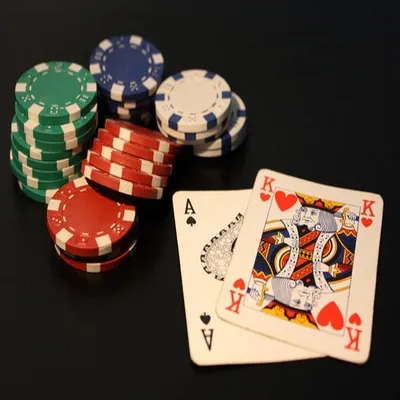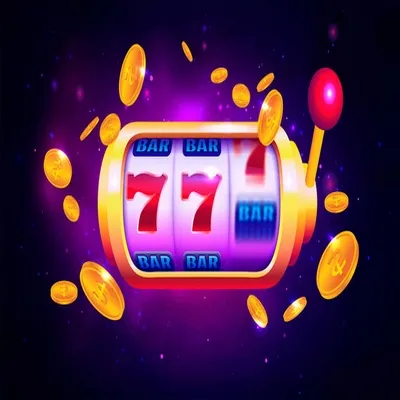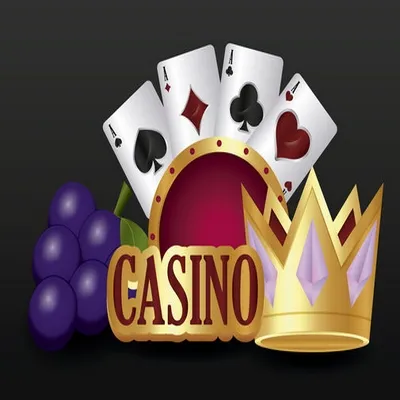consultar processo pje df
$7029
consultar processo pje dfAnother thing to look out for is the changing odds from bookmakers. Odds can change constantly during a match, and this can help you identify opportunities or threats. When odds change dramatically, it can be a sign of a change in a team’s form or information that hasn’t been made public, such as an injury to a key player.
When playing the lottery, it is important to stay calm and not let your emotions get the best of you. Sometimes, excitement and the desire to win big can lead to unwise decisions, causing you to spend more money than necessary. One way to avoid this is to determine your lottery budget in advance and strictly follow your spending plan. This will not only help you protect your personal finances but also create a healthy and sustainable gaming environment.
Product description

consultar processo pje dfCountries around the world have many different types of lotteries with their own characteristics and ways of playing, creating a rich and attractive lottery market. Each type of lottery not only brings the opportunity to win but also contributes to building community funds, sponsoring social activities and serving the entertainment needs of the people.
Slot machines are the most popular casino game. Players simply place a bet and spin the wheel to see the results. Slot machine payout percentages (RTPs) typically range from 85% to 98%. Although slot machines have low odds of winning, the prizes can be huge, especially when jackpots are won.

Additionally, online gambling sites often offer attractive promotions and “welcome bonuses” to attract new players, making it impossible for many to resist the temptation of trying their luck.
In addition, reading the paytable and side bets is also an important factor. Each casino will have different side bets, which can help you increase your profits if you know how to choose the right bet at the right time. However, you need to understand these bets and only choose when you think it is reasonable. Side bets can bring attractive payouts but often come with a higher level of risk.











